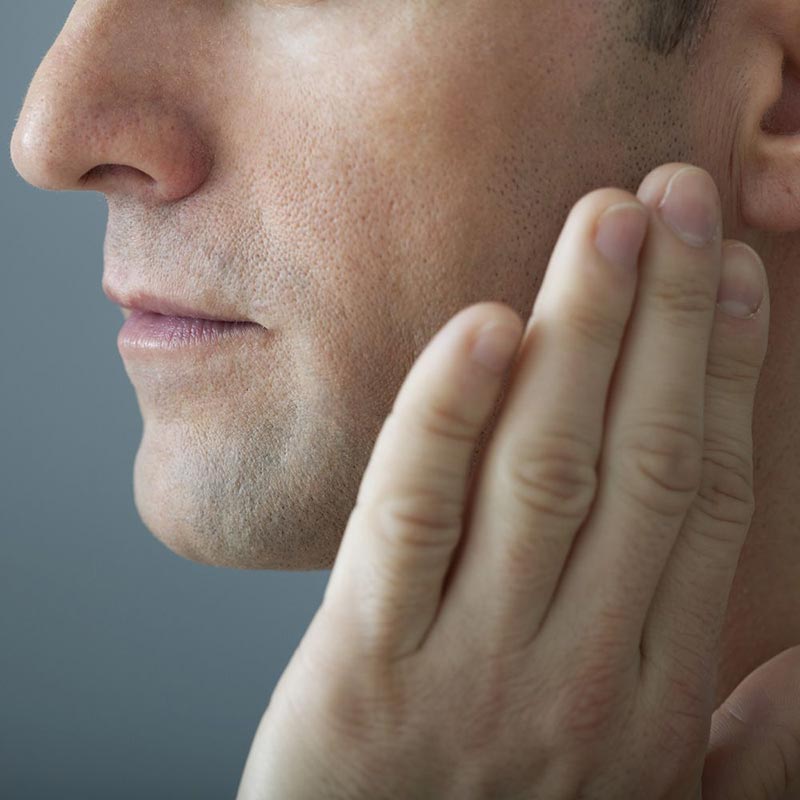BOTOX® Side Effects

BOTOX® has become somewhat of a household name, known primarily for its cosmetic uses. However, BOTOX® has many more applications than just erasing frown lines or crow’s feet. People who suffer from TMJ disorder, a condition that affects the joint connecting the jaw to the skull, can also benefit from BOTOX® treatment.
BOTOX® for TMJ disorder has proven effective in relaxing jaw muscles to relieve tension from the temporomandibular joint, thus reducing or eliminating TMJ disorder symptoms such as facial pain, headaches, and lockjaw. BOTOX® is a highly effective technique that can provide long-term relief with continual treatment. One of the numerous benefits of BOTOX® treatment is that it provides this relief without requiring any downtime for recovery, and it results in minimal side effects.
Here, patients can learn more about the BOTOX® side effects that may develop following treatment at our Chicago dental practice.
Potential BOTOX® Side Effects
Numbness
BOTOX® is a formula that contains a diluted version of botulinum toxin. This concentrate works by targeting specific muscles and temporarily paralyzing them to stop muscle spasms and contractions. In some patients, BOTOX® treatment may create a numbing effect around the treatment site. Although the treatment site may feel numb or tingly, the patient will still maintain full control of jaw movements. This numbness is generally mild, and in most cases, the feeling lasts for no more than a few days after treatment.
Redness
A BOTOX® treatment session will involve multiple injections. Each patient's individual treatment will vary, but it is important to accurately target the appropriate jaw muscles to achieve optimal relief from TMJ disorder symptoms, so a series of shots is given. BOTOX® injections require a small needle, and most patients describe feeling very little discomfort, if any, throughout treatment. Still, the skin around the treatment site will often appear red for the first day or two after BOTOX® treatment. This redness is usually not severe and should be easily concealed with make-up until it resolves on its own.
Bruising
As stated, BOTOX® for TMJ disorder does require multiple injections around the jaw and mouth. Although these injections do not cause a significant amount of discomfort, they can irritate the skin and underlying tissues. As a result, bruising is a fairly common side effect of BOTOX® treatment. When bruising does develop, it is often minor. Most people will notice just a slight yellowing of the skin or the appearance of light blue/purple bruises. Since they are not severe, bruises from BOTOX® treatment will usually dissipate within about a week. In the meantime, any bruising that is present can be covered up with a light layer of concealer or foundation.
Learn More
At North Pier Dental Associates, Dr. William J. Couvelis and his team offer a comprehensive range of services to meet all of your oral health needs, including treatment of TMJ disorder. If you would like to learn more about BOTOX® for TMJ disorder, and whether you may be an ideal candidate for this treatment technique, request an appointment today. We look forward to hearing from you!
Also Consider Reading...
More Cosmetic Dentistry Blog Posts
